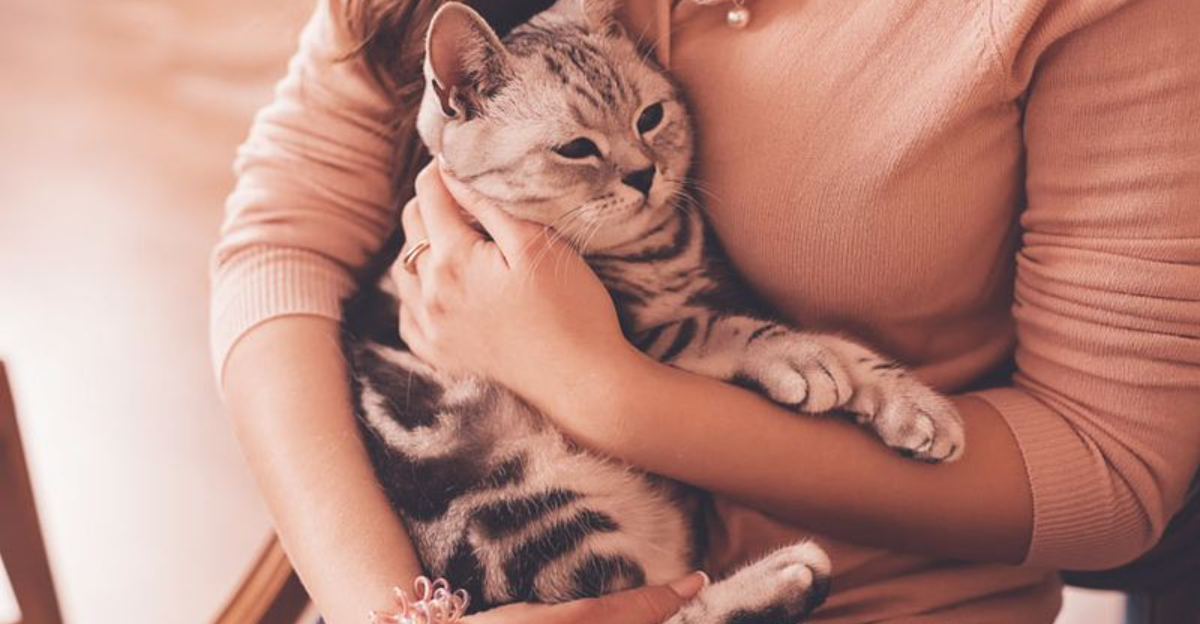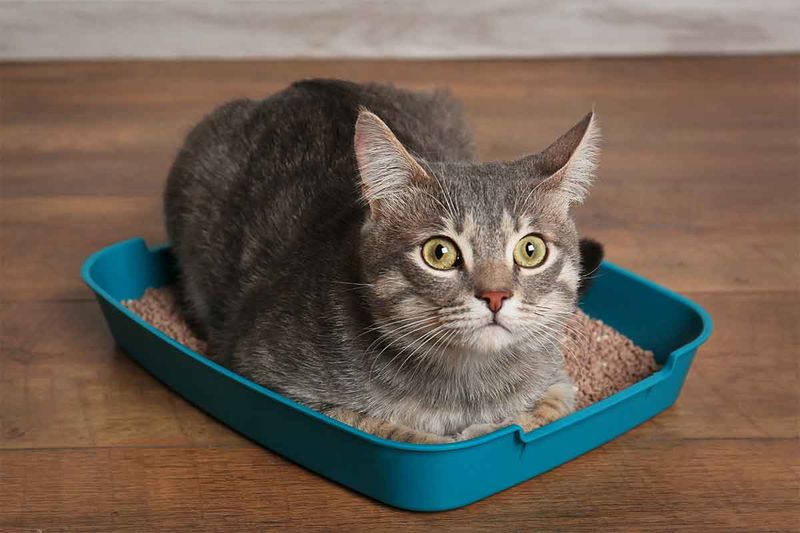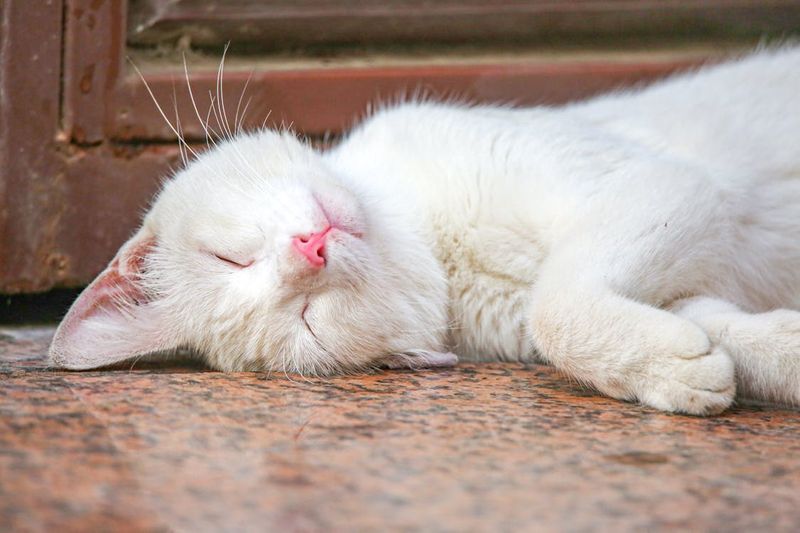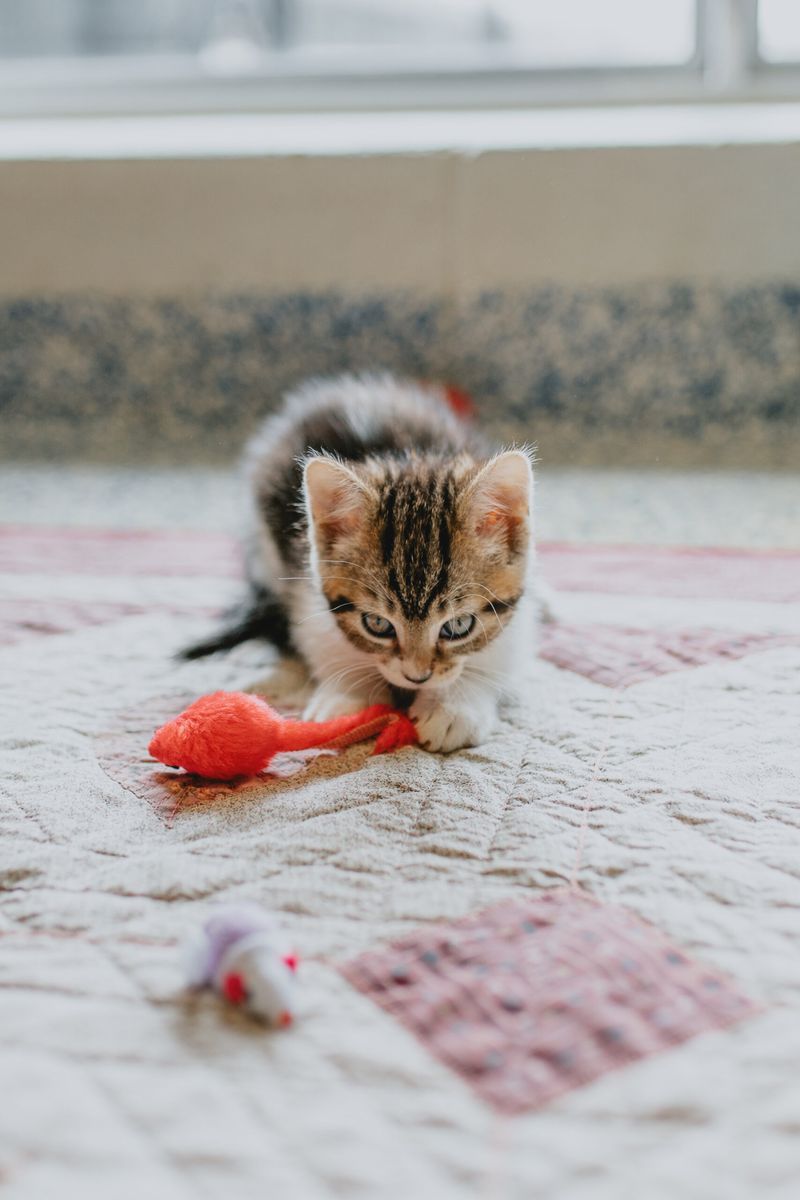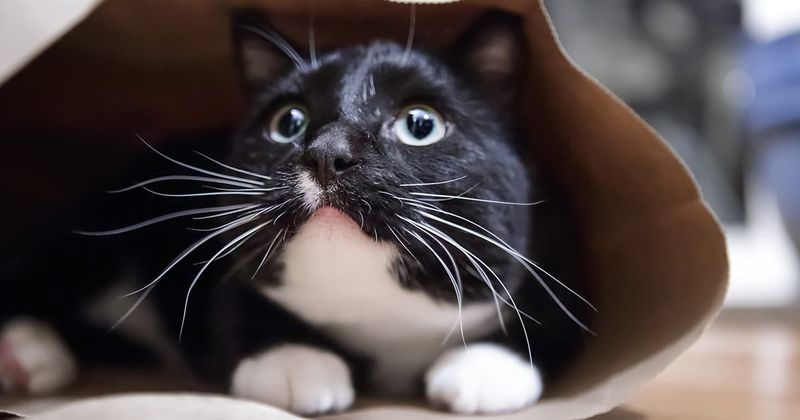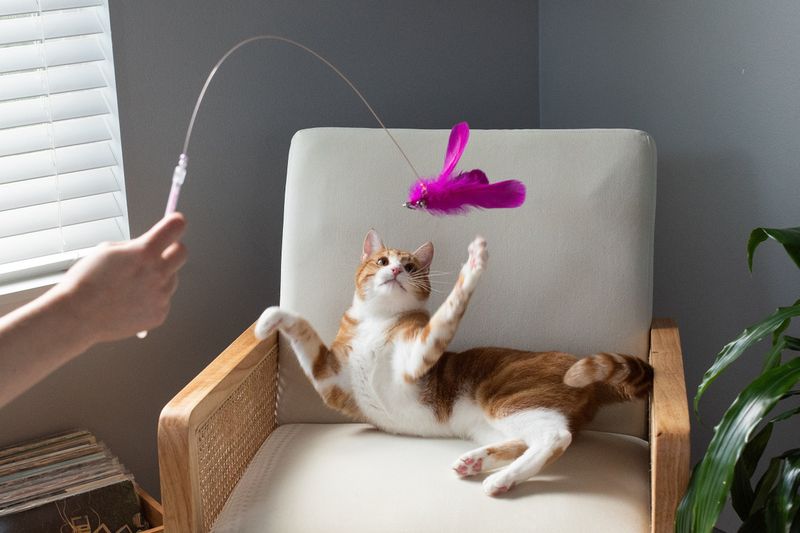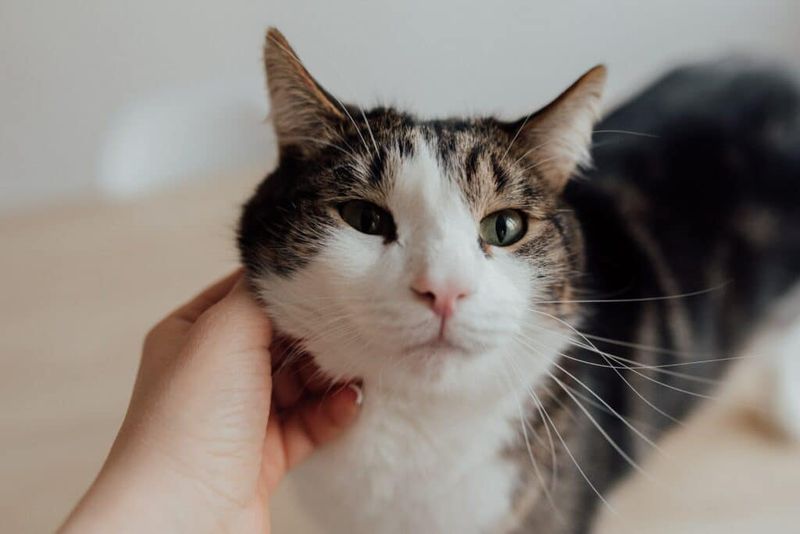📖 Table of Content:
- 1. When They’re Eating
- 2. When They’re Using the Litter Box
- 3. When They’re Sleeping
- 4. When They’re Showing Signs of Stress
- 5. When They’re Playing or Hunting
- 6. When They’re Sick or Injured
- 7. When They’ve Just Been Startled
- 1. Let Them Come to You
- 2. Engage With Toys
- 3. Groom or Pet on Their Terms
Cats are curious, independent, and deeply sensitive creatures—and while many enjoy affection, they also cherish their personal space. As cat guardians, it’s natural to want to scoop them up and smother them with love. However, knowing when not to pick up your cat is just as important as knowing when it’s okay.
Understanding feline behavior can help strengthen your bond and prevent stressful interactions. Cats communicate subtly through body language and behavior, and ignoring those signals—especially by picking them up at the wrong time—can lead to trust issues, anxiety, or even aggression. The good news? You can still connect with your cat meaningfully, without always resorting to lifting them off the ground.
In this article, we’ll break down 7 key moments when picking up your cat is a no-go, and offer 3 cat-approved ways to interact instead. Whether you’re a new cat parent or a seasoned pro, these tips will help you navigate feline affection with more empathy, awareness, and confidence.
1. When They’re Eating
Mealtime is a sacred ritual for cats, and they often become hyper-focused while consuming food. Attempting to pick them up during this time can lead to sudden agitation or defensive behavior, especially if they feel their food is being taken away. Respecting their space while they eat helps reduce food-related anxiety and prevents future behavioral issues. Instead of interrupting, allow them to finish their meal completely before engaging. You may notice your cat is more receptive to affection once they’re satisfied. Keep feeding zones quiet and uninterrupted to maintain a sense of safety. A stress-free mealtime makes for a much more affectionate feline afterward.
2. When They’re Using the Litter Box
Few things feel more invasive to a cat than being interrupted mid-bathroom. This private moment is tied to their instinctual behaviors, and disrupting it can lead to problems such as litter box avoidance or inappropriate elimination around the house. Give them physical and visual privacy whenever possible. Imagine how you’d feel if someone lifted you mid-squat—it’s no different for them. If your cat associates the litter box with unpredictable disruptions, it could create long-term anxiety. Wait until they’ve finished and calmly walked away before approaching them. Encouraging healthy elimination habits begins with respecting this very personal time.
3. When They’re Sleeping
During naps and deep sleep, cats are restoring both their energy and their mood. Abruptly picking them up from a slumber can result in confusion, grogginess, or even aggression, especially if they wake up disoriented. Cats love to nap in safe, familiar places—and disturbing them can erode their sense of trust in those areas. Let them rise on their own, stretch out, and engage with you naturally. Sleep is not just rest—it’s essential for feline physical and emotional health. Provide cozy, undisturbed spots throughout the home for uninterrupted napping. A well-rested cat is far more likely to seek out cuddles on their own terms.
4. When They’re Showing Signs of Stress
Observing your cat’s body language is crucial in determining how they feel. If they’re hiding, hissing, flicking their tail rapidly, or their ears are pinned back, they’re likely overwhelmed or scared. Reaching in and picking them up during this time can heighten their fear response and damage your bond. Give them the autonomy to retreat, decompress, and feel secure before initiating any interaction. Sometimes, the kindest thing you can do is simply give them space. Creating a calm, predictable environment can reduce these stress reactions over time. Your patience will be rewarded with a more trusting and confident kitty.
5. When They’re Playing or Hunting
Play is a critical outlet for a cat’s physical and mental stimulation, and it mimics their natural hunting instincts. Interrupting a cat in this hyper-focused state can feel jarring and may create frustration or resentment. Let them enjoy the thrill of the “hunt” when they’re batting at toys or stalking imaginary prey. This state of flow is not the right moment for a cuddle attempt. Instead, use it as a chance to observe their agility and encourage healthy movement. After the play session, they’re more likely to be mellow and open to affection. Supporting their natural behaviors helps nurture a happy, confident cat.
6. When They’re Sick or Injured
A sick or injured cat may appear quiet, withdrawn, or extra sensitive to touch—and picking them up can exacerbate their pain. Even a gentle lift can cause discomfort or trigger defensive reactions if they’re experiencing physical distress. Always observe closely for signs of limping, squinting, or lethargy before initiating contact. If you suspect something is wrong, call your vet before attempting to move them. Handling should be slow, minimal, and ideally done with professional guidance. Pain can drastically alter your cat’s temperament, so prioritize their health over closeness in these moments. Their well-being is the ultimate act of care.
7. When They’ve Just Been Startled
Startled cats operate on pure survival instinct and can become unpredictable when they’re in “flight or fight” mode. Reaching out to pick them up right after a loud noise, unfamiliar guest, or chaotic event can lead to scratches, bites, or mistrust. Instead, allow them to retreat to a quiet space and calm themselves naturally. Once they’ve re-emerged, engage gently without looming or cornering them. Reassuring your cat doesn’t mean forcing comfort—it means allowing them to feel in control again. The more you let them set the pace, the quicker they’ll recover. In time, they’ll associate you with safety, not stress.
1. Let Them Come to You
There’s something deeply rewarding about a cat choosing to approach you on their own terms. Instead of reaching out or picking them up, try sitting or lying down nearby with a calm demeanor, allowing them the space and confidence to initiate contact. Cats are naturally curious, and when they sense you’re non-threatening, they’ll often investigate with a head bump, tail flick, or soft paw tap. Offering your hand at their level gives them the opportunity to sniff and decide whether they’re in the mood for interaction. This consent-based approach builds trust and reinforces that they’re in control of their environment. Slow blinking—sometimes called a “cat kiss”—is another subtle invitation they understand and often return. By letting your cat lead the interaction, you foster a stronger emotional connection built on mutual respect.
2. Engage With Toys
Playing with your cat is not just fun—it’s essential to their mental and physical health. Using toys like feather wands, laser pointers, or motorized mice allows you to channel their natural hunting instincts in a positive way. Rather than lifting them up when they’re bored or restless, redirect their energy with an interactive play session that gets them moving and thinking. You’ll notice increased confidence, reduced anxiety, and better behavior overall when regular play becomes part of their routine. Make it dynamic: let them chase, pounce, stalk, and “catch” their prey to simulate real-world stimulation. After a satisfying session, many cats become affectionate, relaxed, or even sleepy—perfect timing for gentle bonding. Consistent play strengthens your relationship while respecting their boundaries.
3. Groom or Pet on Their Terms
Grooming and petting offer another excellent way to connect—so long as it’s done with your cat’s comfort in mind. Begin by watching their body language closely: a relaxed tail, upright ears, and soft eyes are all good signs that they’re open to physical affection. Try gentle strokes around the cheeks, chin, or the base of the ears—spots many cats adore—rather than going straight for a full-body pick-up. Some cats love brushing sessions, which not only soothe them but also reduce shedding and hairballs. Let them walk away if they’re done; don’t force prolonged contact. Over time, these short, positive moments build a sense of safety and predictability. When your cat knows they can trust you to stop when they’ve had enough, they’ll often seek you out more often.
